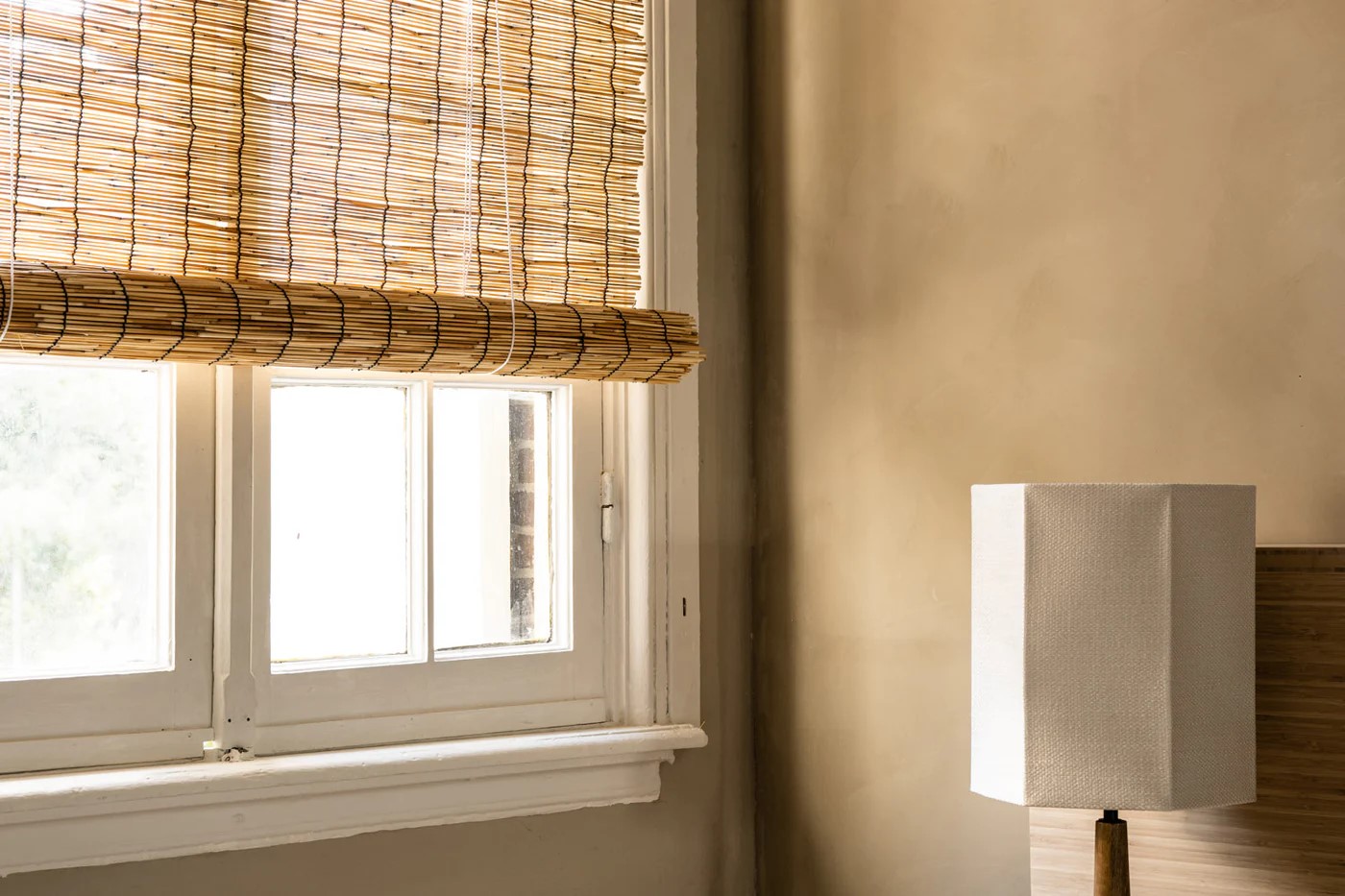

Articles
How To Cut Bamboo Blinds
Modified: December 7, 2023
Learn how to cut bamboo blinds with these informative articles. Find step-by-step guides and expert tips to ensure a smooth and precise cutting process.
(Many of the links in this article redirect to a specific reviewed product. Your purchase of these products through affiliate links helps to generate commission for Storables.com, at no extra cost. Learn more)
Introduction
Welcome to this guide on how to cut bamboo blinds. Bamboo blinds are a popular choice for window coverings due to their natural beauty and durability. However, there may be instances where the blinds need to be trimmed to fit a specific window or to achieve a desired look. While cutting bamboo blinds may seem daunting, with the right tools and techniques, it can be a straightforward process. In this article, we will take you through the step-by-step instructions on how to cut bamboo blinds, ensuring that you achieve clean and precise cuts without compromising the integrity of the blinds.
Before we delve into the cutting process, it is important to note that bamboo blinds come in various types and styles, such as roll-up blinds or slat blinds. The specific type of bamboo blind you have will influence the cutting method required. Additionally, some bamboo blinds may come pre-fitted to standard window sizes, which eliminates the need for cutting. However, if you find yourself needing to trim your bamboo blinds, read on for our helpful tips and techniques.
Before you begin cutting the bamboo blinds, it is essential to gather the necessary tools:
- Safety goggles
- Measuring tape
- Pencil or marker
- Sharp utility knife or handsaw
- Sandpaper (optional)
By ensuring you have these tools on hand, you will be well-prepared to safely and accurately cut your bamboo blinds.
In the next sections, we will cover the steps involved in measuring, marking, cutting, and finishing touches for your bamboo blinds. By following these steps carefully and paying attention to detail, you will be able to achieve professional-looking results and enjoy perfectly fitting bamboo blinds in your windows.
Key Takeaways:
- Cutting bamboo blinds is a manageable task with the right tools and techniques. By measuring, marking, and cutting carefully, you can achieve precise and professional-looking results while maintaining the blinds’ natural beauty and durability.
- Attention to detail and patience are crucial when cutting bamboo blinds. From securing the blinds for cutting to adding finishing touches, following the step-by-step process ensures a perfect fit and a polished appearance for your window coverings.
Read more: How To Hang Bamboo Blinds
Choosing the Right Tools
When it comes to cutting bamboo blinds, having the right tools is crucial to ensure clean and precise cuts. Here are the tools you will need:
- Safety goggles: Protect your eyes from any debris or wood shards that may fly during the cutting process.
- Measuring tape: Accurate measurements are key to achieving proper fitting blinds.
- Pencil or marker: Use a pencil or marker to mark the spots where you will be cutting.
- Sharp utility knife or handsaw: Depending on the thickness of your bamboo blinds, you can use a sharp utility knife or a handsaw. A utility knife is ideal for thinner blinds, while a handsaw is better for thicker, more substantial blinds.
- Sandpaper (optional): Sandpaper can be used to smooth out any rough edges after cutting.
When selecting a utility knife or a handsaw, it is important to choose one with sharp blades to ensure clean and precise cuts. Dull blades can lead to splintering or fraying of the bamboo material, resulting in an unprofessional finish.
It is also recommended to have a workbench or a sturdy surface for cutting the bamboo blinds. This will provide stability and prevent accidental slips or damage to other surfaces.
Lastly, don’t forget to wear appropriate protective gear, such as gloves, to protect your hands from sharp edges or potential splinters.
By having these tools ready, you are well-equipped to proceed with measuring and marking your bamboo blinds for cutting. Remember, proper preparation and the right tools are essential for a successful cutting process.
Measuring and Marking
Before you begin cutting your bamboo blinds, it is crucial to measure and mark them accurately to ensure a precise fit. Here is a step-by-step guide on how to measure and mark your blinds:
- Start by measuring the width of your window frame. Use a measuring tape to determine the exact width from one side to the other. It is important to measure both the inside and outside of the frame to consider any variations.
- Once you have the width measurement, subtract about 1/4 to 1/2 an inch. This will allow some clearance and ensure that the blinds fit perfectly within the frame without being too tight.
- Now, you need to measure the length of the blinds. Extend the blinds fully and measure from the top to the bottom, noting the total length.
- Similar to the width measurement, subtract about 1/4 to 1/2 an inch from the total length. This will prevent the blinds from dragging on the ground or obstructing the window opening.
- Once you have determined the final measurements for your blinds, mark them using a pencil or marker. Make the marks on both the front and back of the blinds to ensure accuracy.
It is important to remember that when measuring and marking your bamboo blinds, precision is key. Use a ruler or a straight edge to ensure that your marks are straight and parallel to the previous ones.
Additionally, if you are working with long blinds, it may be helpful to have someone assist you in holding or supporting the blinds while you measure and mark them.
With your bamboo blinds accurately measured and marked, you are now ready to proceed with the cutting process. Ensure that you double-check the measurements before making any cuts to avoid any mistakes that could result in ill-fitting blinds.
When cutting bamboo blinds, measure carefully and use a sharp, fine-toothed saw to ensure a clean cut. Sand the edges to smooth them out.
Cutting the Bamboo Blinds
Now that you have measured and marked your bamboo blinds, it’s time to proceed with the cutting process. Follow these steps to achieve clean and precise cuts on your blinds:
- Start by securing the bamboo blinds to a workbench or any stable surface. This will prevent the blinds from moving or slipping during the cutting process.
- If using a utility knife, align the blade with the marked line and apply gentle pressure while making a score on the bamboo material. Repeat this process along the entire marked line, making several passes to deepen the score.
- If using a handsaw, position the blade on the marked line and carefully start cutting, using steady and even strokes. Take your time and let the saw do the work for you, ensuring a smooth and controlled cut.
- Continue cutting until you have completed the entire marked line. Take extra caution when nearing the end of the cut to avoid any splintering or damage to the blinds.
- Inspect the cut edge of the blinds to see if any roughness or splintering has occurred. If necessary, use sandpaper to gently smooth out any imperfections, moving in a back-and-forth motion along the cut edge.
- After you have completed the cuts, remove any debris or wood shavings from the blinds and clean the work surface.
It’s important to note that the cutting process may vary depending on the type and thickness of your bamboo blinds. Thicker blinds may require more effort and attention when cutting, while thinner blinds may be easier to trim with a utility knife.
Remember to take your time and be cautious during the cutting process to ensure both your safety and the quality of the cut. Precision is key when cutting bamboo blinds, so always double-check your measurements and make deliberate and controlled cuts.
With the bamboo blinds successfully cut, you’re now ready to move on to the next step: trimming and adding finishing touches.
Trimming and Finishing Touches
After cutting your bamboo blinds to the desired size, you may need to trim them further or add some finishing touches to achieve the desired look. Here are some steps to follow for trimming and adding finishing touches:
- Inspect the cut edges of the blinds to check for any rough or uneven spots. If you notice any, use sandpaper to gently sand down the edges until they are smooth. This will prevent any splintering or snagging on the blinds.
- If the blinds have a roll-up mechanism, ensure that the cut edge aligns with the mechanism properly. Trim any excess material if necessary, using a sharp utility knife or scissors. This will ensure that the blinds can roll up and down smoothly without any obstruction.
- If you have slat blinds, check if any individual slats need to be trimmed to match the size of the cut blinds. Use a saw or a sharp utility knife to carefully trim the slats to the desired length, ensuring they align with the cut edges.
- Once you have trimmed the blinds and slats, give them a final inspection to ensure everything is aligned and properly cut. Clean any remaining debris or sawdust from the blinds.
- If desired, you can add a finishing touch by applying a clear sealant or varnish to the edges of the blinds. This will not only enhance the appearance but also provide added protection against moisture and wear.
It is important to note that not all bamboo blinds will require trimming or finishing touches. If your blinds look clean and professional after cutting, you can skip these steps.
Remember to handle the blinds with care throughout the trimming and finishing process to avoid any accidental damage. Take your time and ensure that all cuts and adjustments are made accurately to achieve the desired result.
With the trimming and finishing touches complete, your bamboo blinds are now ready to be installed and enjoy their new look in your windows.
Read more: How To Cut Vertical Blinds
Conclusion
Cutting bamboo blinds may seem like a daunting task, but with the right tools and techniques, it can be a straightforward process that results in perfectly fitted blinds. By following the steps outlined in this guide, you can achieve clean and precise cuts on your bamboo blinds while maintaining their natural beauty and durability.
Remember to start by choosing the right tools for the job, including safety goggles, measuring tape, a pencil or marker, a sharp utility knife or handsaw, and optional sandpaper for finishing. These tools will ensure that you have everything you need to proceed with confidence.
Next, carefully measure and mark your blinds to achieve the desired fit. Take accurate measurements of the width and the length of your window frame, making necessary adjustments to allow for clearance. Use a straight edge or ruler to ensure straight and parallel markings.
When it comes to cutting the bamboo blinds, securely anchor them to a workbench or stable surface to prevent movement. Use a sharp utility knife or handsaw, depending on the thickness of the blinds, and make controlled cuts along the marked lines. Take your time and be cautious near the end of the cut to avoid splintering.
After cutting, check the edges for roughness and use sandpaper to smooth them out if needed. Trim the blinds further if necessary and inspect for any adjustments required for the roll-up mechanism or the slats. Apply a clear sealant or varnish for an optional finishing touch for added protection and enhanced appearance.
By following these steps and paying attention to detail, you can confidently cut your bamboo blinds and achieve professional-looking results. Always prioritize safety, be patient, and double-check your measurements before making any cuts.
We hope this guide has provided you with valuable insights and instructions on how to cut bamboo blinds. Now, you can enjoy perfectly fitting blinds that add a touch of natural beauty to your windows. Happy cutting!
Frequently Asked Questions about How To Cut Bamboo Blinds
Was this page helpful?
At Storables.com, we guarantee accurate and reliable information. Our content, validated by Expert Board Contributors, is crafted following stringent Editorial Policies. We're committed to providing you with well-researched, expert-backed insights for all your informational needs.
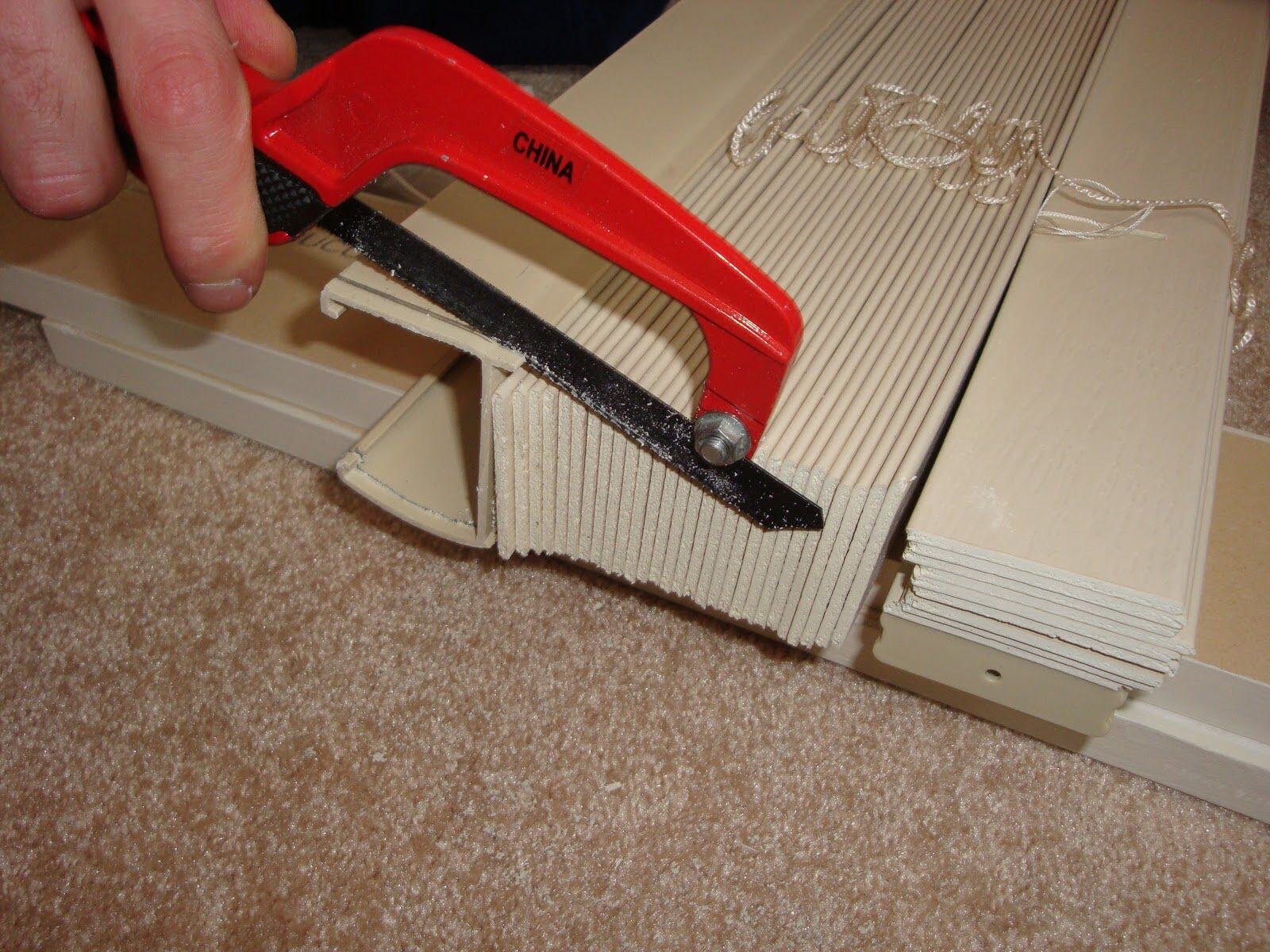


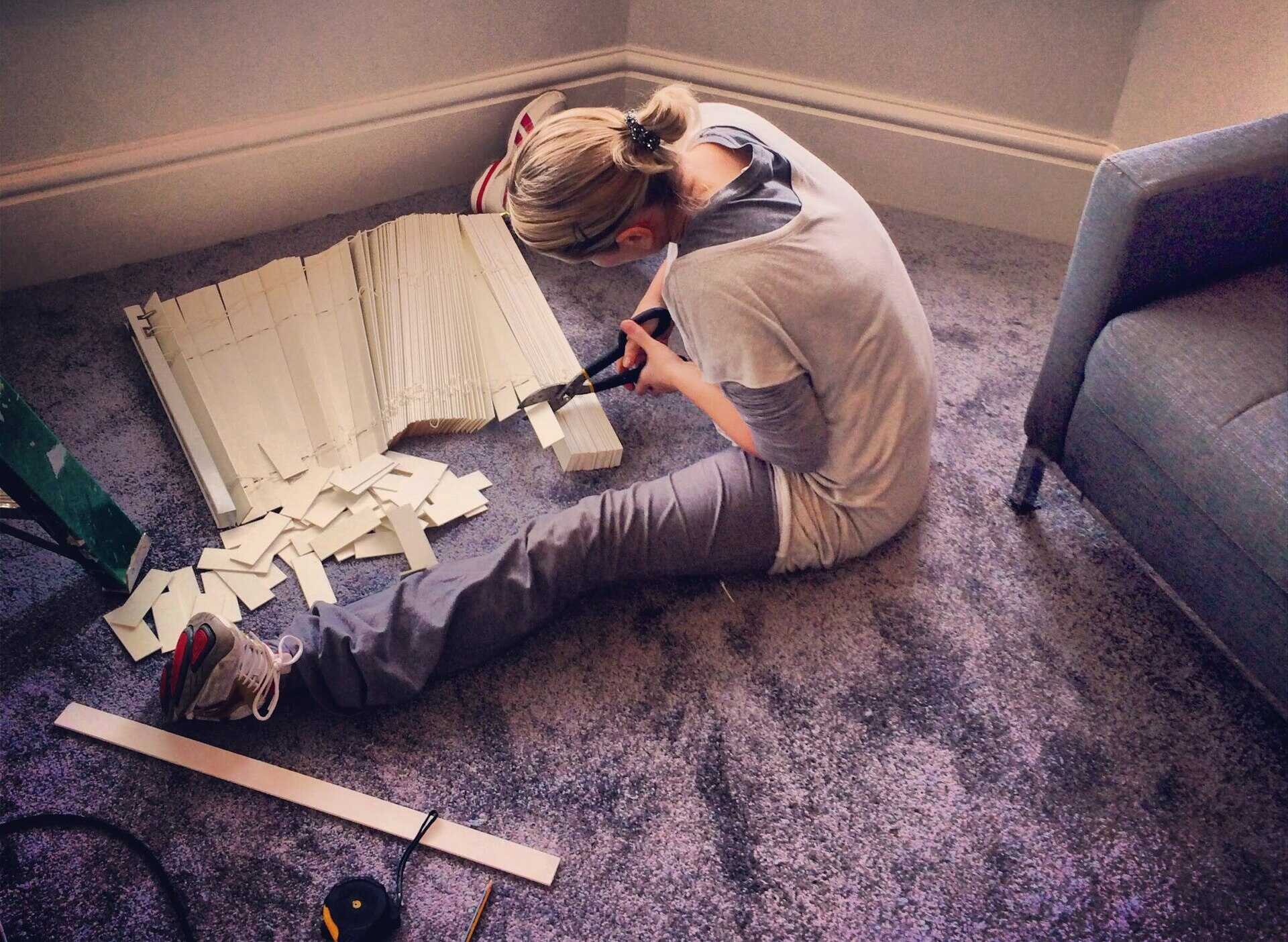
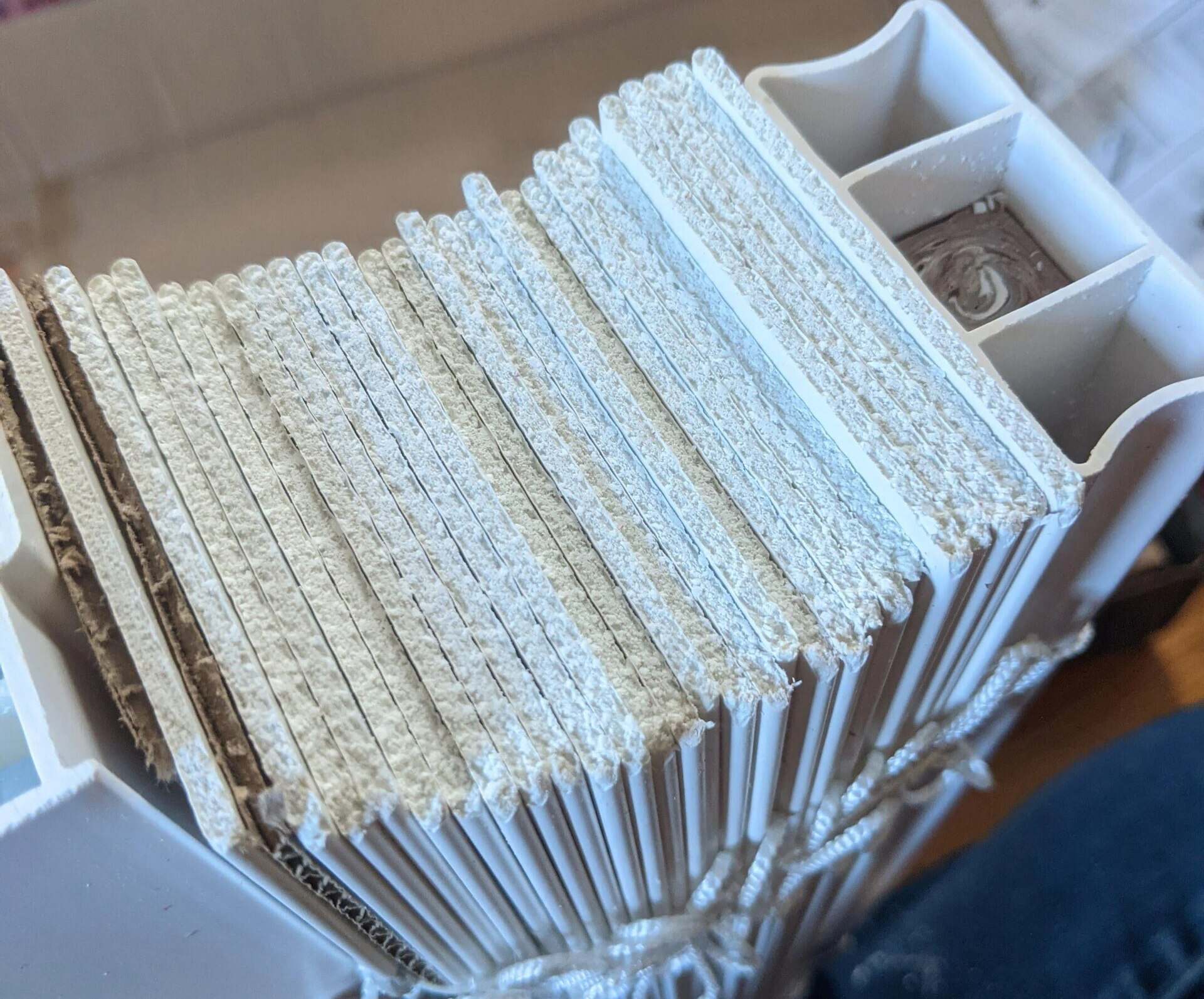
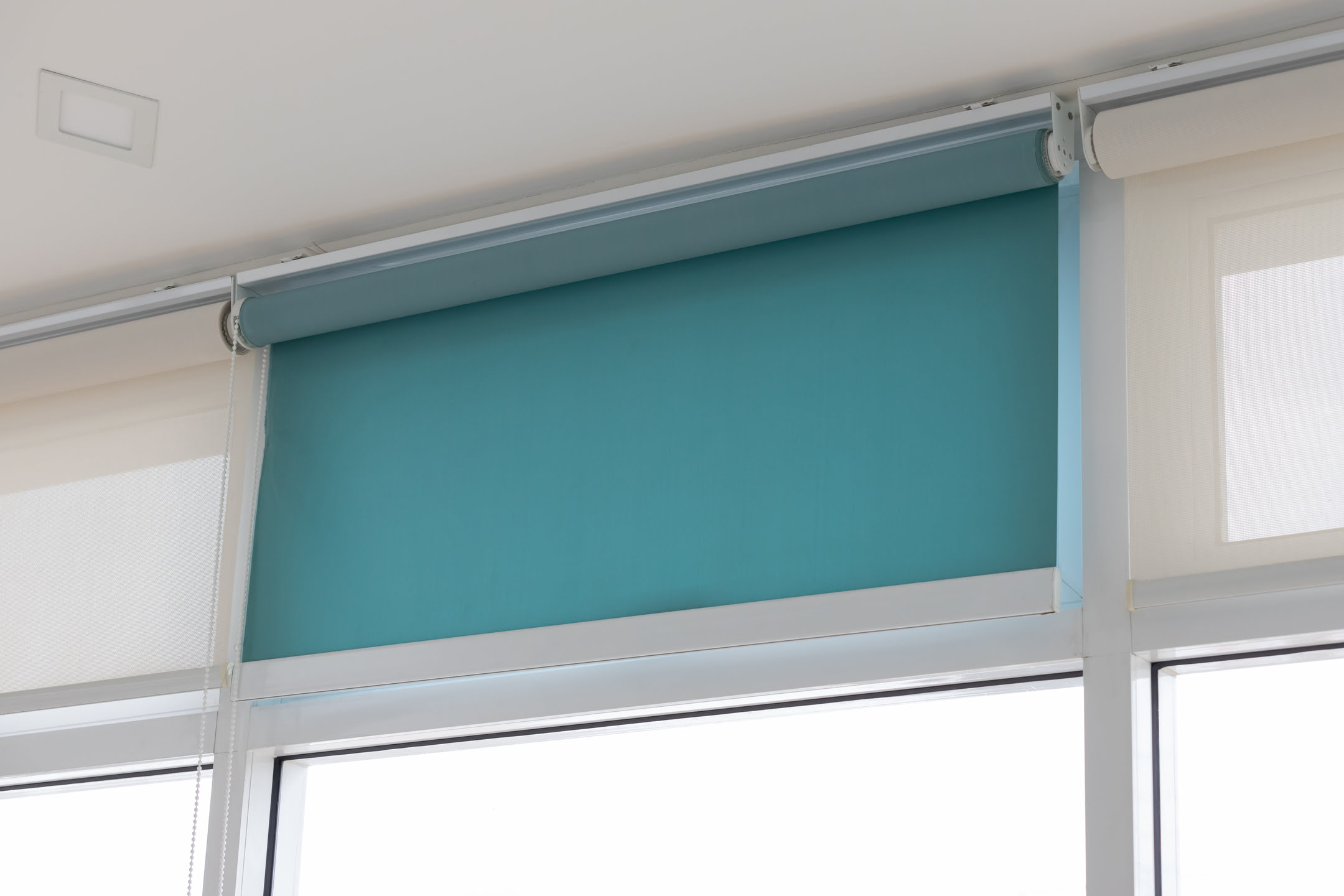
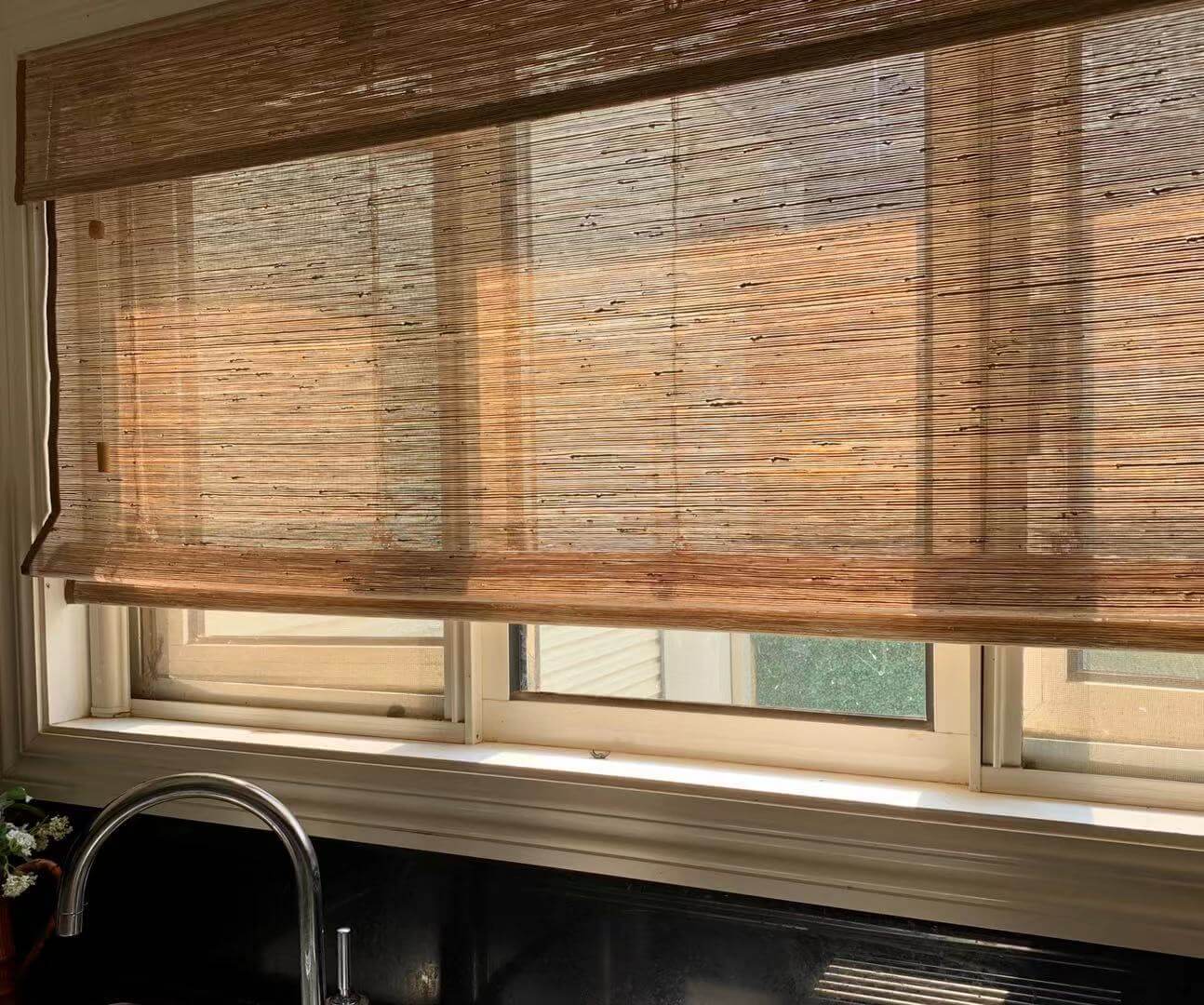
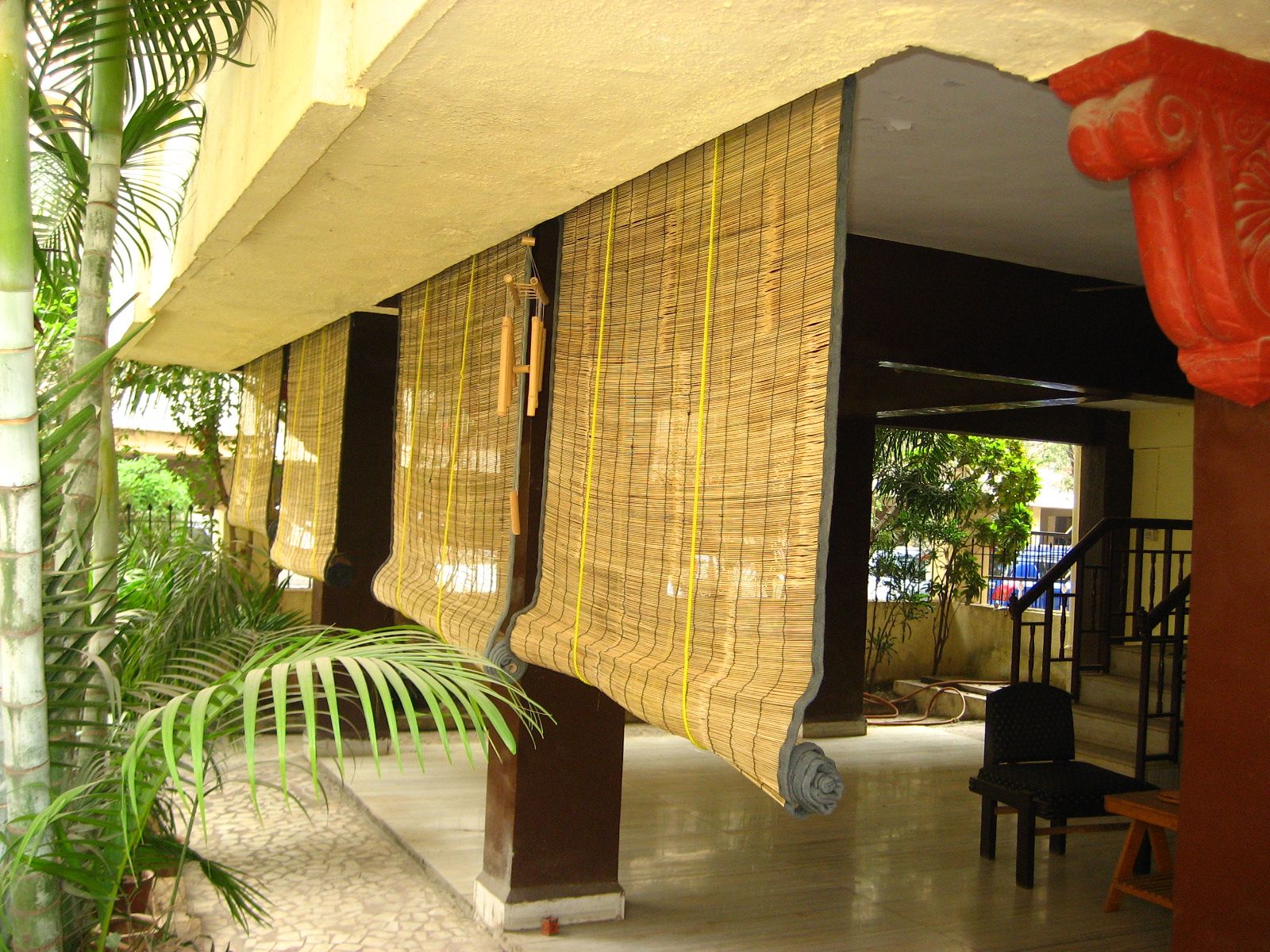

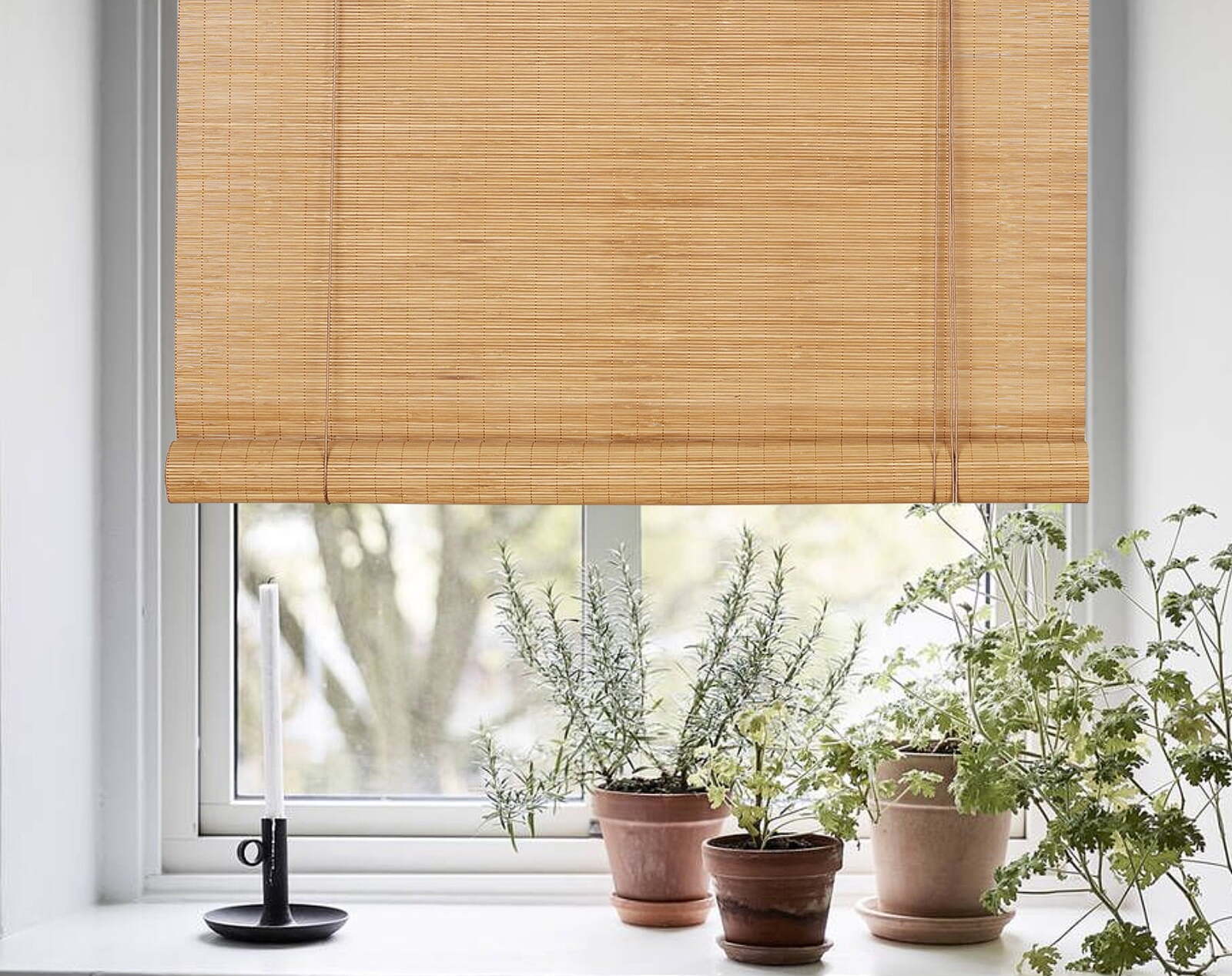





0 thoughts on “How To Cut Bamboo Blinds”